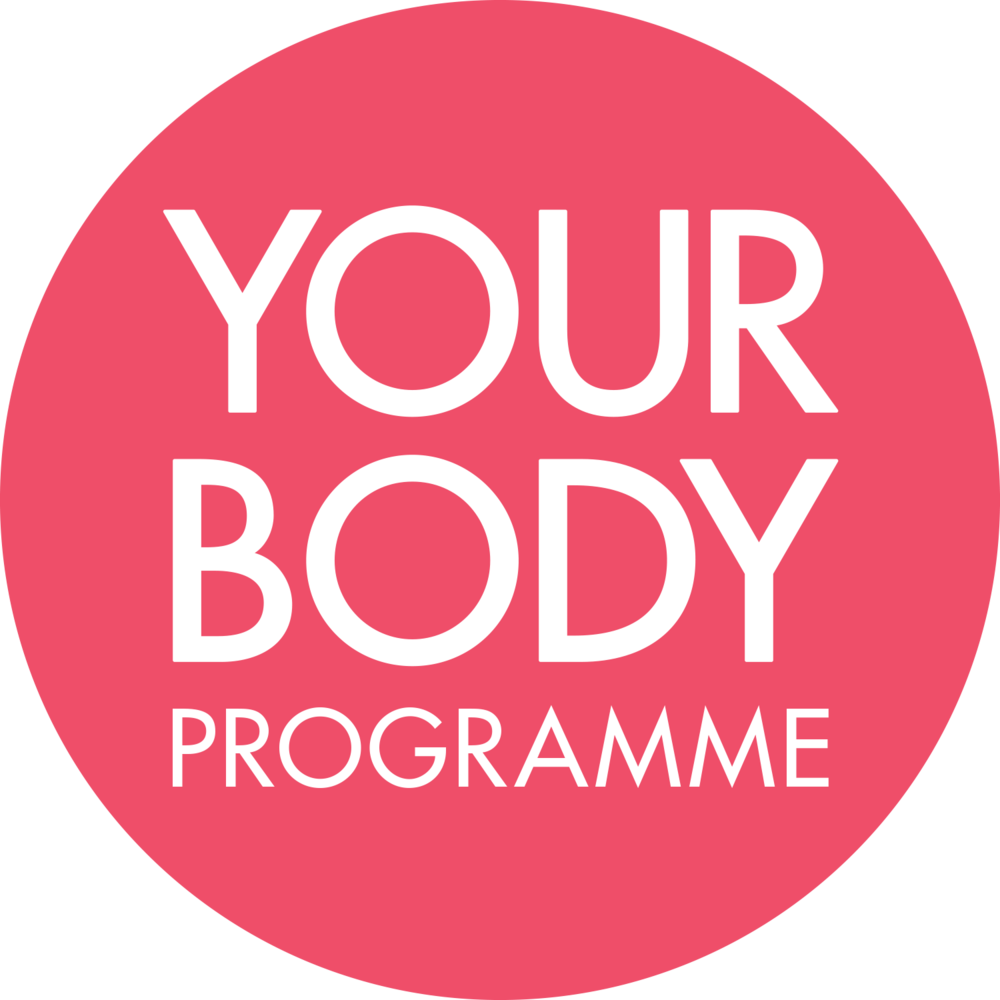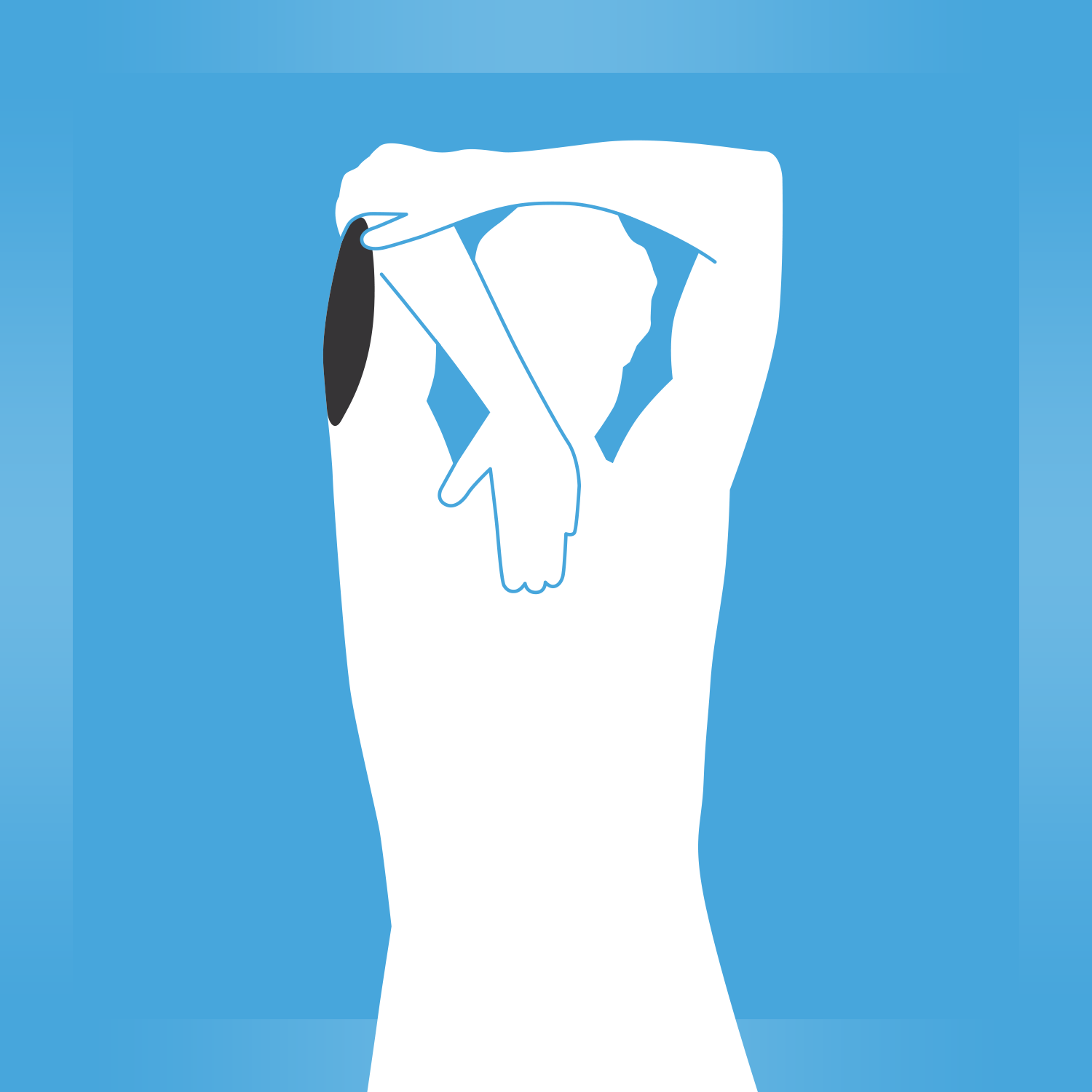MONTHLY WORKOUT SCHEDULE
Below is our recommended order and number of workouts. Try to stick as close to this as possible. Always keep the order of the workouts the same even if you have to take days off. Ideally do not have more than one day off in a row.
| Day 1 | Workout One | Day 15 | Workout One |
| Day 2 | Cardio | Day 16 | Cardio |
| Day 3 | Workout Two | Day 17 | Workout Two |
| Day 4 | Rest | Day 18 | Rest |
| Day 5 | Cardio | Day 19 | Cardio |
| Day 6 | Workout One | Day 20 | Workout One |
| Day 7 | Rest | Day 21 | Rest |
| Day 8 | Workout Two | Day 22 | Workout Two |
| Day 9 | Cardio | Day 23 | Cardio |
| Day 10 | Workout One | Day 24 | Workout One |
| Day 11 | Rest | Day 25 | Rest |
| Day 12 | Cardio | Day 26 | Cardio |
| Day 13 | Workout Two | Day 27 | Workout Two | Day 14 | Rest | Day 28 | Rest |
DYNAMIC WARM-UP
The warm-up is to mobilise and prime your body, it should be specific to the exercise you are about to perform. We recommend 5 mins of gentle cardio to increase body temperature and blood flow to the muscles. Follow this with movements that mimic your exercises but at a slower pace with reduced intensity.
Try our basic warm-up or advanced version with a medicine ball.
RESISTANCE WORKOUT ONE
This concept has a descending rep range. You will perform 2 exercises back to back with 12 reps of each exercise, followed immediately by the same 2 exercises with 10 reps, followed immediately with the same 2 exercises with 8 reps. This completes a set. Rest for 3 minutes then repeat the same set again. Rest for 3 minutes then move to the next block of 2 exercises. Remember to keep the weights heavy and challenging to elicit the correct hormonal and metabolic response.
EXERCISE CONCEPT – DESCENDING
| Exercises in each set | 2 |
| Reps | 12 / 10 / 8 |
| Blocks of exercises | 4 (repeat each block twice) |
| Total sets | 8 |
| Rest between sets | 3 mins |
Before commencing your workout click here for technique advice on some of the big exercises.
Block One
CHEST PRESS — Bench / Dumbbells
Lie on an incline bench and hold dumbbells with your arms fully extended in a vertical line. Lower the dumbbells towards your chest by bending your elbows, allowing the elbows to flare out to the sides. Press back to full extension.
CHEST FLY — Bench / Dumbbells
Lie on a flat bench and hold dumbbells above you with slight elbow flexion. Inhale as you open the arms out to the side until they are in line with the shoulders. Exhale as you raise the dumbbells maintaining slight elbow flexion.
KNEEL-UPS — Barbell
Kneel upright with a barbell held on your shoulders. Engage your core and slowly lower your bottom to your heels maintaining an upright position with the torso, do not allow the body to hinge forward. Lift back to a high kneel.
Block Two
SQUAT — Barbell
Stand feet shoulder width apart and hold a barbell to your shoulders in front of you. Raise your elbows slightly so the bar can rest on your collar bone. Bend the knees into a squat, push the bottom backwards and maintain neutral spine. Press the heels into the floor and extend the legs.
LUNGE — Dumbbells
Stand with 1 foot forward and the other foot back behind you with the heel raised. Hold dumbbells in both hands. Lower into a lunge position until the back knee is just off the floor and both knees are at right angles. Keep the pelvis slightly tucked under so you do not over arch the lower back. Straighten the legs.
TRICEP OVERHEAD EXTENSION – Bench / Barbell
Sit upright on a box or bench and hold a barbell overhead in both hands, keep the upper arm still and lower the bar behind the head. Do not arch the lower back or let the elbows move. Straighten the arms.
Block Three
SHOULDER PRESS — Barbell
Stand with your feet hip width apart. Hold a barbell in front of you with your hands placed slightly wider than shoulder width. Begin with the arms bent and bar at shoulder height. Extend the bar overhead maintaining neutral spine. Bend the arms and lower under control.
REAR DELT RAISE — Cable
Stand facing the machine and take hold of shoulder height cables (with no handles) in each hand, from the opposite side. Begin with the arms raised at shoulder height in front of you with slight elbow flexion. Open the arms out to the side and squeezing shoulder blades together.
CALF RAISE — Box / Dumbbell
Stand with the toe of 1 foot placed onto a box or step. Hold a dumbbell in the same hand as supporting leg and hold onto a stable surface. Keep the foot in parallel and lower the heel to the floor then raise up onto the ball of your foot.
RESISTANCE WORKOUT TWO
Perform this workout with the same exercise concept as workout one.
Block One
LAT PULL – Cable
Kneel and hold high cables in both hands. Begin with the elbows pulled into your side holding the contraction. Extend one arm then pull it back into the body. The other arm will be working to hold the contraction. Keep the chest lifted throughout the exercise.
ROW — Dumbbell
Begin in a long lunge position with the back leg extended, and hold a dumbbell in the opposite hand to front leg. Lean your torso forwards creating a straight line from head to toe. Bend the elbow and pull into a row. Keep the elbow close to the body then extend the arm.
BICEP CURL — Barbell
Stand feet hip width apart. Hold a barbell shoulder width apart with an underhand grip. Begin with your arms extended towards the floor then bend the elbows and bring the bar towards your shoulder. Do not use momentum of the body to raise the weight. Lower the bar.
Block Two
PULLOVER — Swiss Ball / Dumbbell
Support your head and shoulders on a swiss ball, raise your hips and hold a dumbbell above you in both hands. With slight elbow flexion, lower the weight behind you on the inhale. Keep the arms lengthened and bring the weight back over the body as you exhale. Maintain neutral spine.
HAMSTRING CURL — Cable / Bench
Lie forwards on a bench, supported on your forearms and place blocks or a towel under your pelvis to raise your hips slightly. Attach your feet to a low cable behind you with the legs straight. Bend the knees and bring your feet towards your bottom. Extend the legs.
BRIDGE — Dumbbell
Lie on your back with your knees bent, feet flat on the floor hip width apart and a dumbbell held on your hips. Push through your heels and lift your hips as high as possible (do not roll through the spine). Ensure to contract the glutes. Lower under control.
Block Three
BACK EXTENSION — Bench
Lie over a back extension bench and place your fingertips to your head. Engage your core, hinge from the hips and lower the body towards the floor maintaining neutral spine, do not round the back. Engage your glutes and raise the torso in line with the body.
CRUNCH — Cable
Kneel forward facing the cable with your spine in neutral. Hold the rope attachment to your shoulders and curl the torso as you exhale. Return to neutral spine and raise the chest slightly.
DOWNWARDS WOODCHOP — Cable
Kneel side on to a high cable. Engage your core, keep your arms lengthened and rotate the torso in a smooth downwards motion. Return under control.
CARDIO WORKOUT
The cardio workout is split into 3 sections: Intervals, lactic acid removal phase, followed by a repeat of the intervals. You can use any piece of cardio equipment such as the cross trainer, treadmill, rower, bike or skipping rope. You can also combine equipment rather than performing the entire workout on one machine.
Intervals (pre LAR phase) – perform the required number of intervals. The sprint phase should be performed at 100%, the highest intensity possible and the rest phase should be performed at a low intensity to recover. For example on a cross-trainer increase the speed for the sprint phase then bring it back down on the rest phase, allowing you to recover.
Lactic acid removal phase – work at a consistent pace, but to the maximum intensity possible (you should not be able to hold a conversation) yet able to sustain it for the required length of time. The time is stated in minutes below the first table.
Intervals (post LAR phase) – perform the intervals again with the same format as the first section.
Enjoy!
CARDIO CONCEPT
| Number of Intervals | Sprints | Rest |
| 5 | 30 sec | 30 sec |
| Lactic Acid Removal Phase - 30 minutes | ||
| 5 | 30 sec | 30 sec |
| Total Workout Time - 40 minutes | ||
CARDIO EQUIPMENT
This video shows examples of cardio equipment to use when perform your interval training.
STRETCHES
Hold each position for 1 minute and increase the length of time on particularly tight muscles.
GLUTES & BACK
Lie on your back with your arms stretched out wide, take one knee across your body and apply gentle pressure drawing the knee towards the floor.
GLUTES
Lie on your back and place your foot onto the opposite knee. Press the top knee outwards as you clasp the underneath leg and draw it towards you.
BACK
Sit back onto your heels and simultaneously reach your hands forward with your forehead resting on the floor.
ABDOMINALS
Lie prone (on your front) and place your hands beneath your shoulders. Press into the floor, straighten your arms and raise your body.
HIP FLEXOR
In a half kneeling position tuck your pelvis under, squeeze your glutes and press your hips forward.
QUADS
Draw your foot towards your bottom. Squeeze your glutes, tuck your pelvis under and keep your knees together.
HAMSTRINGS & CALF
Raise your foot onto a surface and lean your body forward. Flex the foot bringing the toe towards you.
CALF
Lean into a wall, extend the back knee and press the heel into the floor. Ensure both feet are in a parallel position.
LATERAL
Place one foot behind the other and reach the same arm (as back leg) overhead. To increase the stretch lean laterally.
UPPER BACK
Place your hands together and reach forward. Drop your head between your arms and curve your upper back.
CHEST
Place your forearm onto a wall, creating right angles at the shoulder and elbow joints. Apply pressure into the wall and turn your torso away.
TRICEP
Take one arm overhead and bend at the elbow. Apply pressure with the opposite hand and keep the head raised.
ALTERNATIVE EXERCISES
Use this section to replace specific exercises in your programme which do not work for you. This may be due to not having the correct equipment, the exercise being too challenging / not challenging enough, or possibly due to an injury. Click on the links below to find alternative exercises for the same body part or movement.



































